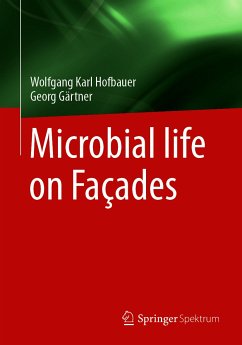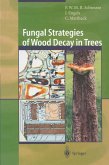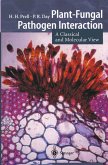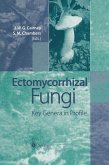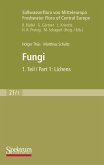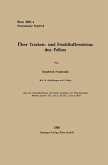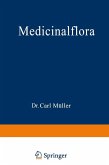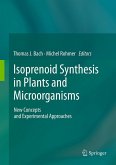Specialists (architects, construction experts), builders, scientists and master students can find all the information they need on facade algae and fungi here.
The authors
Dr. Wolfgang Karl Hofbauer is chief scientist (taxonomy, ecophysiology and genetics) of the department Environment, Sensors and Hygiene at the Fraunhofer Institutefor Building Physics. His professional research areas are taxonomy and ecophysiology of organisms on building surfaces, about which he did his doctorate in 2008, genetic barcoding of building relevant (micro)organisms and greening of building surfaces.
Retired Prof. Dr. Dr.h.c Georg Gärtner worked and researched at the University of Innsbruck on the cultivation and taxonomy of soil-and airborne. algae for many years. In 2012, Prof. Gärtner was awarded an honorary doctorate by Sofia University for his services to the cooperation in algal studies between the botanical institutes of the University of Innsbruck and the University of Sofia.
Dieser Download kann aus rechtlichen Gründen nur mit Rechnungsadresse in A, B, BG, CY, CZ, D, DK, EW, E, FIN, F, GR, HR, H, IRL, I, LT, L, LR, M, NL, PL, P, R, S, SLO, SK ausgeliefert werden.

